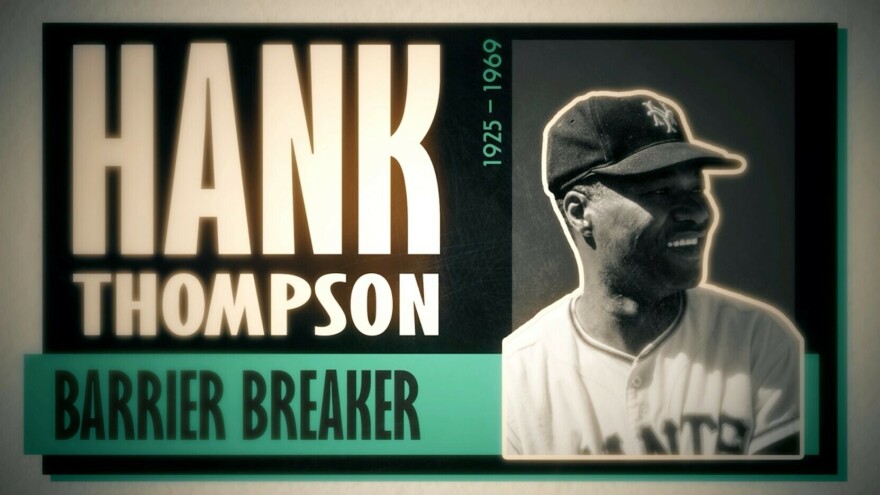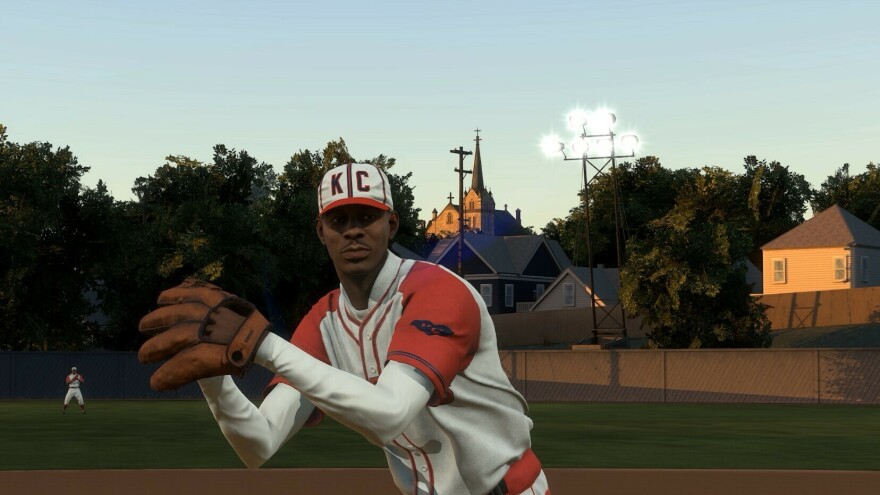Eric B. and Rakim's "I Ain't No Joke" rock my headphones when I load into MLB The Show 23. The track, with its ruthless audacity and punchy braggadocio, sets the tone for what's certainly my favorite sports video game experience to date.
I scroll through a list of mythic players in baseball, making my way to one of the coldest Brooklyn Dodgers to ever lace up: the great Jackie Robinson. It's a joy thats immeasurably enhanced by the newest feature added to MLB The Show's franchise for the first time — Storylines: The Negro Leagues.

Bringing history to life
MLB The Show has been around since 2006, making its debut on the PlayStation 2 (though it's now available on Nintendo Switch, PlayStation 4 & 5, and Xbox One & Series X/S). Like other sports games, The Show lets you play as your favorite teams, stacked with real players from the past and present. Now, the series is honoring the pioneering Black athletes who ushered in The Negro National League.
Storylines mode provides players with short, single-player scenarios, each with an objective to complete, like getting at least two hits with Jackie Robinson or earning four runs with Hank Thompson. It's labeled as the franchise's first "season" of storylines, indicating that more additional baseball heroes could be added in the future.

This crown jewel in MLB The Show 23 comes from a partnership between San Diego Studio and the Negro Leagues Baseball Museum. Bob Kendrick, the museum's president, works to preserve and share the legacy and undeniable impact of the sport's greatest legends from the Negro Leagues. Led by Hall of Famer Andrew "Rube" Foster in 1880, Black baseball players created the first of these leagues to combat segregation and Jim Crow laws that made it near-impossible to play professionally.
This new mode includes eight chapters, each focused on a special player from the Negro Leagues. They're all carefully curated with brief historical insights from Kendrick and engaging original artwork that tell a deeper story of breaking racial barriers.
Past and Present
The eight legends featured in Storylines include Leroy "Satchel" Paige, Hilton Smith, Andrew "Rube" Foster, Hank Thompson, Jordan "Buck" O'Neil, Jackie Robinson, John Donaldson, and Martin Dihigo.
After completing a chapter, each of the players featured in Storylines becomes available for use in the fantasy, dream-team mode Diamond Dynasty (Jackie Robinson was my must-have, considering the immaculate plate vision he added to my squad).

Playing through "Satchel" Paige and Hank Thompson's stories reminded me of the cultural shift in baseball that was influenced by their gloves. Like MLB The Show 23's cover athlete, Miami Marlins second baseman Jazz Chisholm, Jr., whose euro-step home run celebration continues to draw the awe, and ire, of fans and commentators alike.
In fact, the opening video in The Show 23 also features Chisholm, Jr. flanked by a jazz band, talking about the collaborative musical artform and its impact on the sport itself. The video quickly charts the transformative moments that make baseball worth playing. "Back in the Bahamas on the sandlots, I played to play," the rising star shares.
The inclusion of a mode where players relegated to second-class citizens finally get their roses is a triumphant standard — it marks the need for robust conversation about the forgotten histories of Black players in baseball.
An overdue addition
While changes to the pitching interface and rules have been top of mind for many players going into MLB The Show 23, fans also wanted deeper single-player experiences that go beyond things like Franchise mode (where players can manage their own team). Sports games have had a history missing the mark on single-player content and instead gone all-in on multiplayer features. The Show's Storylines definitely change that.

The game also features a killer soundtrack, which only builds on the hype of seeing someone like Hilton Smith or Martin Dihigo stretch, swing, and loosen up while Big K.R.I.T. booms through the stadium's speakers. But while the music might be modern, the historical details are authentic.
The jerseys of the Kansas City Monarchs and Chicago American Giants fit players loosely, complete with vintage ball caps. The crowds and stadiums match the aesthetics of the era, and the Storylines chapters are queued up like episodes from a streaming platform — they automatically play after several seconds unless you press the back button.
All in all, the inclusion of the new Storylines mode opens the door to a future where more Negro League legends could get their due. And that makes for a thrilling game.
James Perkins Mastromarino contributed to this story. contributed to this story
Copyright 2024 NPR. To see more, visit https://www.npr.org.


